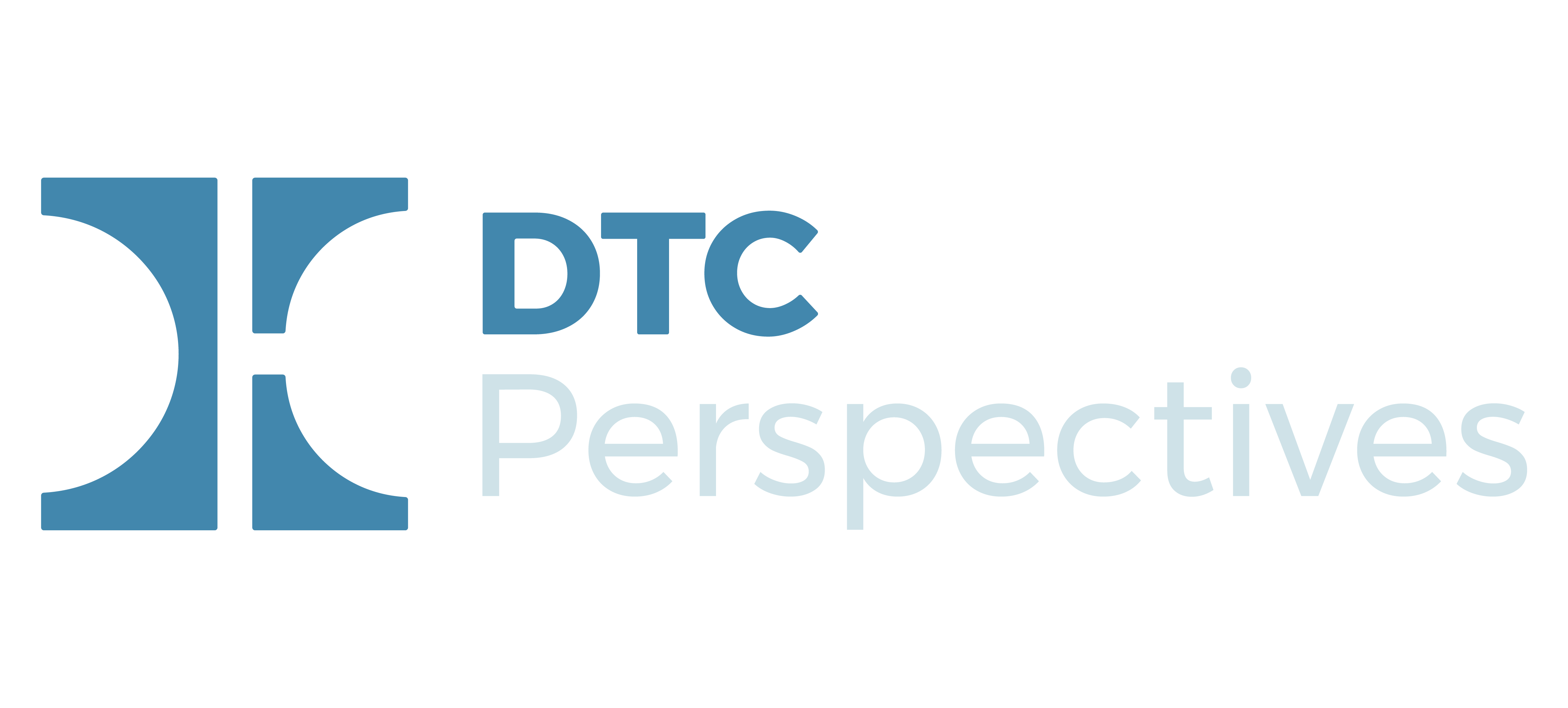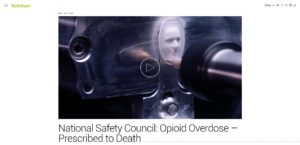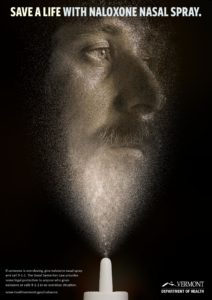
The LGBTQ+ community encompasses a wide range of patients across all races, ethnicities and gender identities. However, when seeking healthcare resources and support, many of these patients feel underrepresented and mistrustful of pharma advertising, new data shows.
Less than half (44%) of LGBTQ+ patients feel that pharma ads reflect their experience as members of the LGBTQ+ community, according to survey data collected by Phreesia Life Sciences and Klick Health from more than 1,500 patients in early 2022 as they checked in for doctors’ appointments. Similarly, only 45% of surveyed LGBTQ+ patients feel that pharma understands their unique needs, with those who identify as transgender or female being even less likely to feel understood by the pharma industry.
This lack of representation and understanding has affected LGBTQ+ patients’ overall trust in pharma, with 2 in 5 surveyed patients (41%) reporting that they don’t trust pharma ads at all and another 26% saying that they trust them “only a little.” And while representation is vital for building and maintaining that trust, outreach to the LGBTQ+ community also is crucial for bolstering these patients’ confidence in pharma, says Thea Briggs, Associate Director, Content Strategy, Phreesia Life Sciences.
“Representation matters, but it’s not enough to address disparities on its own,” Briggs says. “Pharma marketers must actively pursue robust outreach efforts, such as learning about LGBTQ+ individuals’ healthcare experiences, hiring LGBTQ+ people and partnering with community organizations to create effective campaigns, as well as dedicating consistent energy and attention to addressing the issues that this community experiences.”
Those issues range from having higher rates of either being uninsured or underinsured to postponing or avoiding medical treatment because of bias and discrimination. Additionally, although more than 50% of surveyed LGBTQ+ patients say they are aware of many preventive care services, the percentages of those who have recently used such services are much lower. For example, while 59% of LGBTQ+ patients are aware of blood-pressure screening, only 32% got screened in the past year.
As for outreach, many LGBTQ+ patients feel that pharma still has more work to do: Slightly more than one-third (34%) of surveyed LGBTQ+ patients “strongly disagree” and another 22% “somewhat disagree” that the pharma industry conducts sufficient LGBTQ+ outreach beyond HIV and pre-exposure prophylaxis (PrEP) medications that high-risk individuals take to prevent getting HIV.
To improve LGBTQ+ patients’ perceptions of the pharma industry, as well as their preventive care knowledge, Amy Gómez, PhD, Senior Vice President, Diversity Strategy, Klick Health, emphasizes that it’s important to include members of the LGBTQ+ community at every stage of the pharma-marketing process, including foundational research and concept and message testing. Doing so can help pharma companies develop a deeper understanding of these patients’ attitudes, beliefs and behaviors and ensure that those attributes are accurately reflected in pharma communications.
“We can and should use our skills to create empathy and urgency,” Gómez says. “We can partner with our clients and providers to develop model programs that demonstrate the positive effects on community health outcomes when empathy for LGBTQ+ people and awareness of the health issues that impact them help to ameliorate implicit bias.”
And while engaging with LGBTQ+ patients to better understand what they need from their healthcare experiences can help boost preventive care usage, Phreesia survey data shows that greater inclusion also translates into more opportunities to positively impact LGBTQ+ patients’ perceptions of the pharma industry. Overall, 82% of surveyed patients said they have more positive feelings toward pharma companies that conduct outreach to the LGBTQ+ community.
“We’re proud to be using our platform to connect with members of the LGBTQ+ community to learn from them directly about their experiences in navigating and accessing healthcare,” says David Linetsky, Phreesia’s Senior Vice President, Life Sciences. “Our hope is that the insights we generate from this work will help advance and guide efforts among providers and pharma manufacturers to address biases and create more equitable healthcare experiences for these communities.”
Actively engaging with members of the LGBTQ+ community and gathering data that educates providers and better equips them to meet these patients’ needs is crucial for continuing to build their trust in the pharma industry, Briggs explains. However, fostering that trust must be a broadly inclusive, long-term commitment for life sciences organizations if they want to make true progress within this community.
“It’s easy for marketers and public health professionals to fall into the trap of becoming prescriptive— assuming we know how problems are experienced by individuals without asking them and deciding that we’re going to go in with our preferred solutions, regardless of community buy-in and participation,” Briggs says. “That’s not effective or respectful. Building trust and designing effective interventions and campaigns that will be well-received and work in patients' real lives requires a lot more listening and learning than talking.”





 The patient experience at the point of care is rapidly changing. Today, medical groups continue to implement more consumer-centric workflows and digital engagement platforms to manage operational, clinical and financial processes. While the COVID-19 outbreak accelerated the adoption of these tools among providers, it was not the initial catalyst. Prior to the pandemic, many healthcare providers had already begun to adopt digital engagement tools to manage operational, clinical and financial processes. Phreesia’s patient intake platform was designed to support these trends, which has allowed us to quickly adapt to the current industry environment and to deliver valuable applications to our provider network and the broader market. We recognized the urgent need for intake products that could support telehealth visits, screen for COVID-19 risks and minimize contact during in-person visits and shifted our efforts to helping medical groups stay safe, stay open and continue to see patients. As we navigate a new normal in a post-COVID-19 world, we believe digital engagement tools will become even more critical to ensuring that the POC stays relevant to Life Sciences manufacturers and healthcare marketers.
The patient experience at the point of care is rapidly changing. Today, medical groups continue to implement more consumer-centric workflows and digital engagement platforms to manage operational, clinical and financial processes. While the COVID-19 outbreak accelerated the adoption of these tools among providers, it was not the initial catalyst. Prior to the pandemic, many healthcare providers had already begun to adopt digital engagement tools to manage operational, clinical and financial processes. Phreesia’s patient intake platform was designed to support these trends, which has allowed us to quickly adapt to the current industry environment and to deliver valuable applications to our provider network and the broader market. We recognized the urgent need for intake products that could support telehealth visits, screen for COVID-19 risks and minimize contact during in-person visits and shifted our efforts to helping medical groups stay safe, stay open and continue to see patients. As we navigate a new normal in a post-COVID-19 world, we believe digital engagement tools will become even more critical to ensuring that the POC stays relevant to Life Sciences manufacturers and healthcare marketers.  One of my favorite things about PatientPoint is that we’re always finding innovative ways to improve patient engagement. Leading the charge on the technology side is David Guthrie, Chief Product Officer at PatientPoint and one of the most interesting and best hires we’ve ever had.
One of my favorite things about PatientPoint is that we’re always finding innovative ways to improve patient engagement. Leading the charge on the technology side is David Guthrie, Chief Product Officer at PatientPoint and one of the most interesting and best hires we’ve ever had. Prescribed to Death, National Safety Council
Prescribed to Death, National Safety Council Mist, Vermont Department of Health
Mist, Vermont Department of Health Impossible Questions, Partnership for Drug Free Kids
Impossible Questions, Partnership for Drug Free Kids  Pill Case, First Call
Pill Case, First Call Behind the Door, Huggies
Behind the Door, Huggies
 To help combat opioid addiction, PatientPoint® collaborated with Shatterproof – a nonprofit organization focused on ending the stigma of addiction and improving addiction treatment – to create a powerful opioid education program at the point of care. It launched nationwide in October 2017 across the digital PatientPoint engagement platform, reaching an estimated 15 million patients and caregivers each month in waiting rooms, exam rooms, and in the physician back office. The content is designed to increase the awareness of opioid addiction and encourage doctor-patient discussions about other treatment options.
To help combat opioid addiction, PatientPoint® collaborated with Shatterproof – a nonprofit organization focused on ending the stigma of addiction and improving addiction treatment – to create a powerful opioid education program at the point of care. It launched nationwide in October 2017 across the digital PatientPoint engagement platform, reaching an estimated 15 million patients and caregivers each month in waiting rooms, exam rooms, and in the physician back office. The content is designed to increase the awareness of opioid addiction and encourage doctor-patient discussions about other treatment options.
 Let’s start by understanding where pharma marketing is on the analytics adoption curve.
Let’s start by understanding where pharma marketing is on the analytics adoption curve.
 I sat down with Charlie Greenberg, a respected healthcare industry veteran and an expert in point-of-care (POC) marketing, to discuss current trends in healthcare marketing. It’s a topic Charlie knows well, having worked for more than 30 years in the industry with giants like Saatchi & Saatchi, Wyeth, and Merck. Charlie currently serves as a media and marketing consultant, so he spends a great deal of time thinking about the ways brands can improve their reach and maximize their return on investment.
I sat down with Charlie Greenberg, a respected healthcare industry veteran and an expert in point-of-care (POC) marketing, to discuss current trends in healthcare marketing. It’s a topic Charlie knows well, having worked for more than 30 years in the industry with giants like Saatchi & Saatchi, Wyeth, and Merck. Charlie currently serves as a media and marketing consultant, so he spends a great deal of time thinking about the ways brands can improve their reach and maximize their return on investment.
 Reinforcing your brand message with a dynamic media mix
Reinforcing your brand message with a dynamic media mix